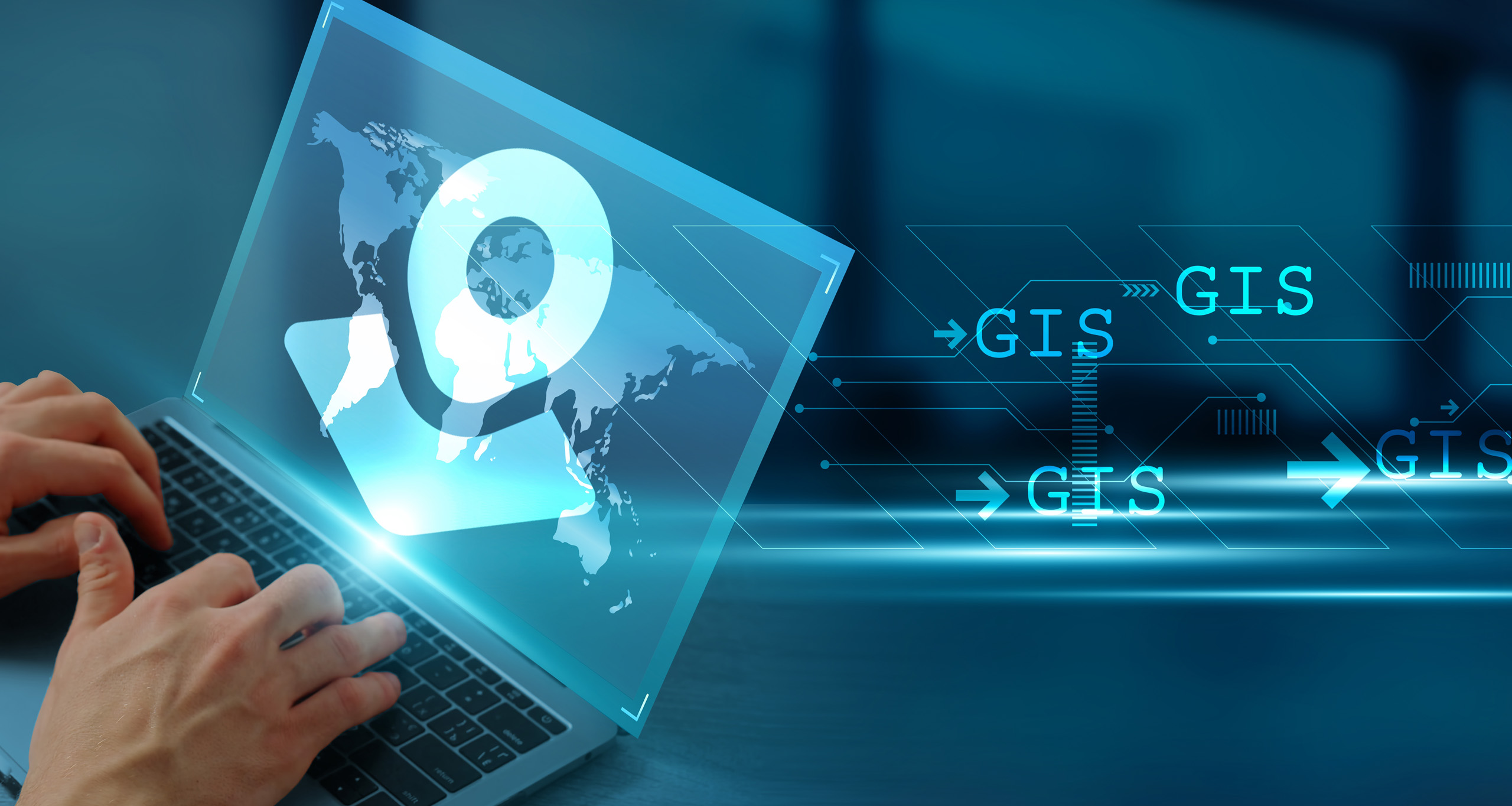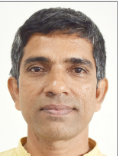MODULE - 1 : GIS Maps
Concepts Covered:
- Introduction to GIS - Practice videos of QGIS and GeoODK
Learning Outcomes:
You will be able to create maps using QGIS, GeoODK, and Google Earth
MODULE - 2 : Satellite Imagery
Concepts Covered:
- Introduction to Remote Sensing - Practice videos of Google Earth
Learning Outcomes:
You will be able to create maps using QGIS, GeoODK, and Google Earth
MODULE - 3 : Drone Imagery
Concepts Covered:
- Introduction to Drone Imaging - Practice videos of WebODM and CVAT
Learning Outcomes:
You will be able to create ortho-mosaiced and annotated drone imagery using WebODM and CVAT
MODULE - 4 : Mobile & Web GIS App Development - Basics
Concepts Covered:
HTML, CSS, JavaScript
Learning Outcomes:
You will be able to create basic web user interfaces
MODULE - 5 : Machine Learning & Satellite Imagery - Part 1
Concepts Covered:
Machine Learning, Spatio-Temporal Analysis, Satellite Imagery
Practice videos-Google Earth Engine
Learning Outcomes:
You will be able to carry out spatio-temporal analysis using Google Earth Engine, JavaScript & ML algorithms
MODULE - 6 : Machine Learning & Satellite Imagery - Part 2
Concepts Covered:
Machine Learning, Spatio-Temporal Analysis, Satellite Imagery
Practice videos-Google Earth Engine
Learning Outcomes:
You will be able to carry out spatio-temporal analysis using Google Earth Engine, JavaScript & ML algorithms
MODULE - 7 : Machine Learning & Drone Imagery - Part 1
Concepts Covered:
Machine Learning, Spatio-Temporal Analysis, Drone Imagery
Practice videos with Google Colab
Learning Outcomes:
You will be able to carry out spatio-temporal analysis using Google Colab, Python & ML algorithms
MODULE - 8 : Machine Learning & Drone Imagery - Part 2
Concepts Covered:
Machine Learning, Spatio-Temporal Analysis, Drone Imagery
Practice videos with Google Colab
Learning Outcomes:
You will be able to carry out spatio-temporal analysis using Google Colab, Python & ML algorithms
MODULE - 9 : Participatory Modelling - Basics
Concepts Covered:
Introduction to Participatory Modelling
Practice videos with System Dynamics: Causal Loop Diagrams
Learning Outcomes:
You will be able to model socio-economic & other systems using System Dynamics
MODULE - 10 : Mobile & Web GIS App Development Using Full Stack Technologies
Concepts Covered:
Server-side: NodeJS
Client-side: React + Leaflet
Learning Outcomes:
You will be able to create both server and client sides of a mobile & web GIS app
MODULE - 11 : Mobile & Web GIS App Development Using Full Stack Technologies
Concepts Covered:
Server-side: NodeJS
Client-side: React + Leaflet
Learning Outcomes:
You will be able to create both server and client sides of a mobile & web GIS app
MODULE - 12 : Participatory Modelling - Simulation & Scenario Analysis
Concepts Covered:
Practice videos with System Dynamics: Stock and Flow Diagrams
Learning Outcomes:
You will be able to simulate and analyse socio-economic & other systems


 Prof. Nagesh Kolagani is a Professor of Computer Science and Engineering at Centurion University of Technology & Management (CUTM), Vizianagaram, AP. He is an alumnus of IIT Madras: B.Tech. (1988), Ph.D. (2016). He has 25+ years of experience in developing IT/GIS solutions for industry, Government, and village stakeholders. He worked earlier as: Software Engineer at Borland Corporation (CA, USA), Project Scientist at IIT Madras, Associate Professor at IIIT Sri City (AP), Head GIS at TN e-Governance Agency, etc.
Prof. Nagesh Kolagani is a Professor of Computer Science and Engineering at Centurion University of Technology & Management (CUTM), Vizianagaram, AP. He is an alumnus of IIT Madras: B.Tech. (1988), Ph.D. (2016). He has 25+ years of experience in developing IT/GIS solutions for industry, Government, and village stakeholders. He worked earlier as: Software Engineer at Borland Corporation (CA, USA), Project Scientist at IIT Madras, Associate Professor at IIIT Sri City (AP), Head GIS at TN e-Governance Agency, etc.
 Prof. Abhijit P. Deshpande is a Professor of Chemical Engineering and co-PI of Rural Technology Action Group (RuTAG) at IIT Madras. He coordinated the activities of RuTAG from 2018 to 2024. Among the technologies developed during this period are the paddy thresher, the automatic coir spinning machine, the groundnut pod separator, the madurkathi handloom mat weaving using electronic jacquard, the vending cart, the frugal hearing aid, and the mango seed decorticator. A fabrication/design platform that aims to enable local fabrication is also being developed.
Prof. Abhijit P. Deshpande is a Professor of Chemical Engineering and co-PI of Rural Technology Action Group (RuTAG) at IIT Madras. He coordinated the activities of RuTAG from 2018 to 2024. Among the technologies developed during this period are the paddy thresher, the automatic coir spinning machine, the groundnut pod separator, the madurkathi handloom mat weaving using electronic jacquard, the vending cart, the frugal hearing aid, and the mango seed decorticator. A fabrication/design platform that aims to enable local fabrication is also being developed. 
Reviews
There are no reviews yet.